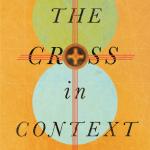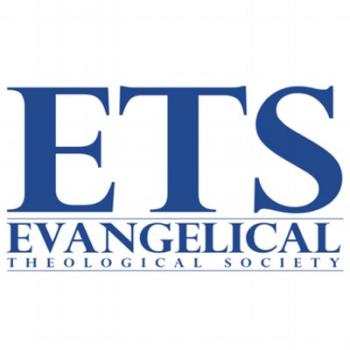In The Cross in Context: Reconsidering Biblical Metaphors for Atonement, I divide the chapters into three major parts.[1]
The Contexts of Biblical Atonement
Section one has five chapters. The first chapter explains why all atonement theories are contextualized. We are often ignorant of the role that context plays in shaping our theories of atonement. Our cultural context narrows the focus and scope of our theological questions. Because of our historical situation, we might ask too much of our theories. These observations create the need and opportunity for writing this book.
Chapter two provides critical background needed to make sense of Israel’s rituals. Ancient Israelites viewed the world quite differently than we do. They even categorized space, time, people, and objects around them in ways we would think peculiar. Lacking this framework, our theology of atonement collapses under the stress of oversimplification. It becomes reductionistic. We sacrifice a biblical understanding of atonement when we substitute our assumptions in place of those held by ancient Israel.
Chapter three opens with an overview of the major types of offerings and their significance. It highlights important aspects associated with sacrifice that are underappreciated in discussions concerning atonement.
Chapter four asks several fundamental questions: What does “atonement” mean in the Bible? At a basic level, what does atonement accomplish?
Chapter five first explores how the biblical writers use honor-shame language to discuss various related concepts such as holiness, sacrifice, and sanctification. Specific attention is given to Old Testament passages. Second, we’ll consider how these observations inform a biblical understanding of the sacrificial system.
Interpreting Biblical Metaphors of Atonement
Section two demonstrates how biblical writers consistently use several key metaphors when speaking of atonement.
Accordingly, chapter six explains why purification is a primary metaphor that describes atonement. Atoning sacrifices cleanse impurity. We will give attention to passages such as Leviticus 17 and Hebrews 8–10.
In chapter seven, readers examine the metaphor of “bearing sin.” Intriguingly, this imagery routinely conveys opposite theological ideas. We will especially focus on the Day of Atonement (Leviticus 16).
Chapter eight considers the Bible’s use of economic language to explain atonement. Atonement is often depicted as payment or compensation for debt. Offering sacrifices or gifts to God is one way that worshippers provide recompense. What are the implications for a biblical doctrine of atonement? We will study the Passover, a fundamental paradigm used by New Testament writers to explain Christ’s death on the cross.
Next, chapter nine raises objections and questions concerning several weighty passages, such as Psalm 22, Isaiah 53, Romans 8, 2 Corinthians 5, and Galatians 3. Some readers will be tempted to skip immediately to this chapter. I recommend against that plan for the simple reason that my comments there will make little sense apart from the preceding chapters.
Implications and Applications
Finally, section three highlights various implications and applications. Chapter ten ties together the insights from this study. It shows the relationship between the interpretation in this book and popular theories of atonement. In the process, I respond to common questions that arise from the view of atonement proposed in this book.
Chapter eleven offers a meaty conclusion. It surveys various applications that stem from the previous chapters. It raises theological and practical questions that deserve further discussion. For example, how does Christ bear our shame? How might the ideas in this book affect contextualization in crosscultural missions? Also, how does a biblical view of atonement expand our understanding concerning the need for reconciliation between people?
Want to read more? Go pre-order now and spread the word with others. Thanks!!
[1] This post adapts part of the introduction of The Cross in Context (IVP, 2022).














